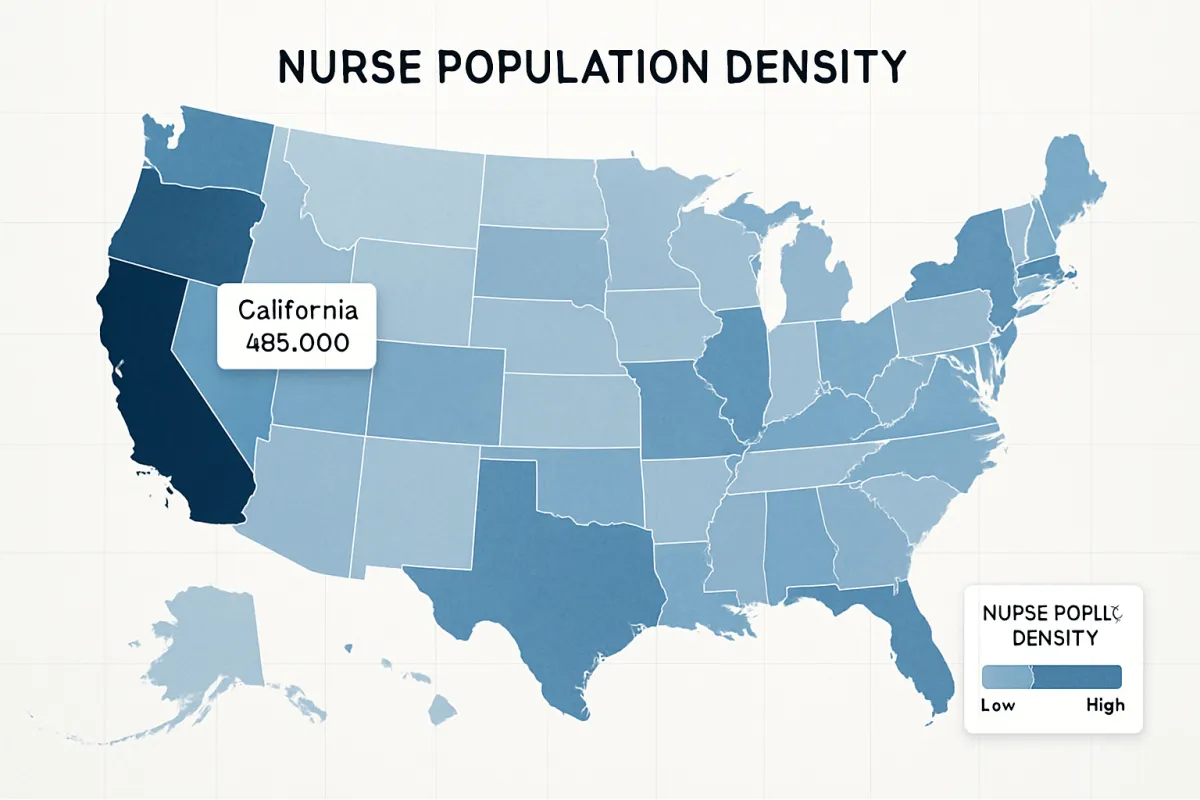
The Evolution of the NCLEX Application: From Paper and Pencils to Global Digital Gateways
For decades, the NCLEX — the National Council Licensure Examination — has been the gold standard for nursing licensure in the United States and beyond. It is the final rite of passage for aspiring nurses, the exam that transforms students into licensed practitioners ready to take on the complexities of modern healthcare. But how did we get here? Let’s take a journey through the fascinating evolution of the NCLEX application process — from its humble beginnings to its modern, technology-driven format.
The Early Days: State-by-State Paper Exams
Before there was an NCLEX, each U.S. state conducted its own nursing licensure examination. In the early 20th century, these tests were administered in pencil-and-paper format, often only a few times per year. Aspiring nurses would gather in large halls, armed with Number 2 pencils and stacks of paper, waiting anxiously for results that sometimes took weeks or even months.
During this period, there was no standardized national exam, which meant a nurse licensed in one state might not easily transfer credentials to another. This patchwork system reflected a time when nursing, although already critical, was still developing into a unified, professionalized field.
The Birth of the NCLEX: A National Standard Emerges
In 1982, the National Council of State Boards of Nursing (NCSBN) introduced the first NCLEX exam to standardize licensure testing across the country. This was a monumental shift. For the first time, nursing graduates across the U.S. had to pass a single, unified examination to ensure consistent standards of care and knowledge.
Initially, the NCLEX was still a paper-and-pencil test and was offered only a few times each year. Candidates endured long waits for results — an agonizing period that could delay the start of their careers.
The Computerized Revolution: CAT Enters the Scene
In April 1994, the NCLEX took a groundbreaking step forward: it transitioned to a computer-adaptive testing (CAT) format. This technological leap transformed the experience overnight.
Under CAT, the exam dynamically adapts to each test taker’s ability level. As candidates answer questions correctly, the test presents more difficult items; incorrect answers trigger easier ones. The goal is to pinpoint a candidate’s true competency more efficiently and accurately.
With this transition, nurses no longer had to wait weeks for results; many began receiving their "unofficial" outcomes within 48 hours. Moreover, test dates became available year-round, giving candidates far more flexibility in scheduling.
The Rise of International Applications
As U.S. demand for nurses grew — especially in the 2000s and beyond — the NCLEX became increasingly relevant for foreign-educated nurses seeking licensure in the U.S. and Canada. International testing centers were introduced, starting in Asia and eventually expanding to locations around the world.
This change marked a significant global shift: the NCLEX was no longer just an American gateway but a bridge for international nurses to join North America’s workforce. The application process, however, became more complex. Candidates needed to work with credentialing bodies, meet state-specific requirements, and often navigate language exams and visa issues. For decades, decentralization was the problem until in 2007 a company named NEAC built a system which revolutionized the process and made NCLEX exam application and licensing easier for international nurses.
Digital Transformation and the Present Era
Today, the NCLEX application is almost entirely digital. Candidates create online accounts with their state board of nursing, complete credential evaluations (for international applicants), and receive authorization to test (ATT) electronically. Scheduling is done through Pearson VUE, with an extensive network of secure test centers worldwide.
The exam itself continues to evolve. In 2023, the NCSBN launched the Next Generation NCLEX (NGN), incorporating new question types designed to assess clinical judgment more rigorously — reflecting the increasingly complex healthcare environment nurses face today.
Looking Ahead
From its state-specific roots and handwritten booklets to AI-enhanced testing and global accessibility, the NCLEX application process has been a mirror to the nursing profession’s growth and globalization.
What started as a localized effort to ensure minimal competency has become a robust, sophisticated system trusted around the world. As healthcare evolves — with telehealth, artificial intelligence, and global mobility reshaping the field — the NCLEX will undoubtedly continue to adapt, ensuring that the nurses it licenses are always ready for the future.

